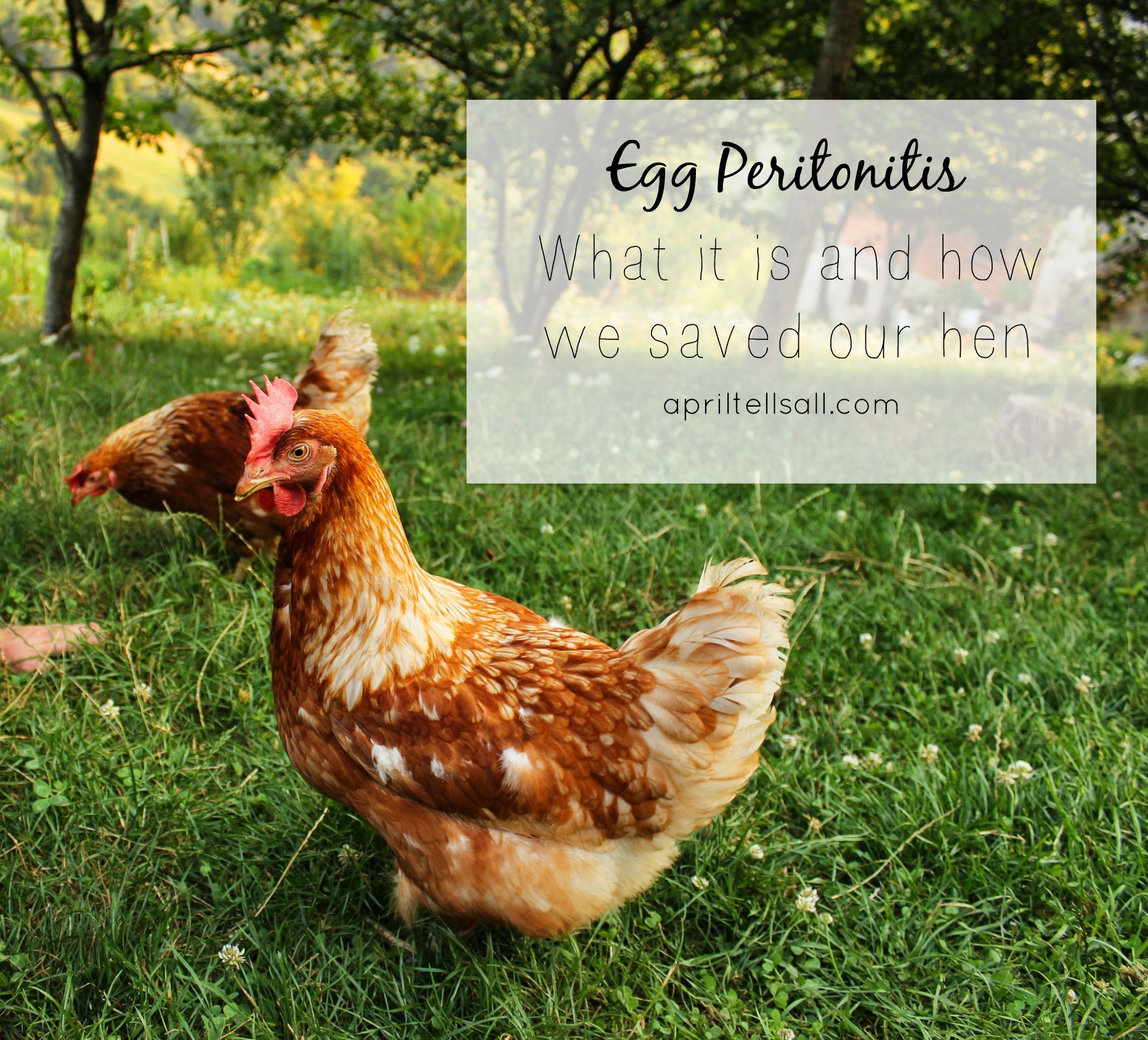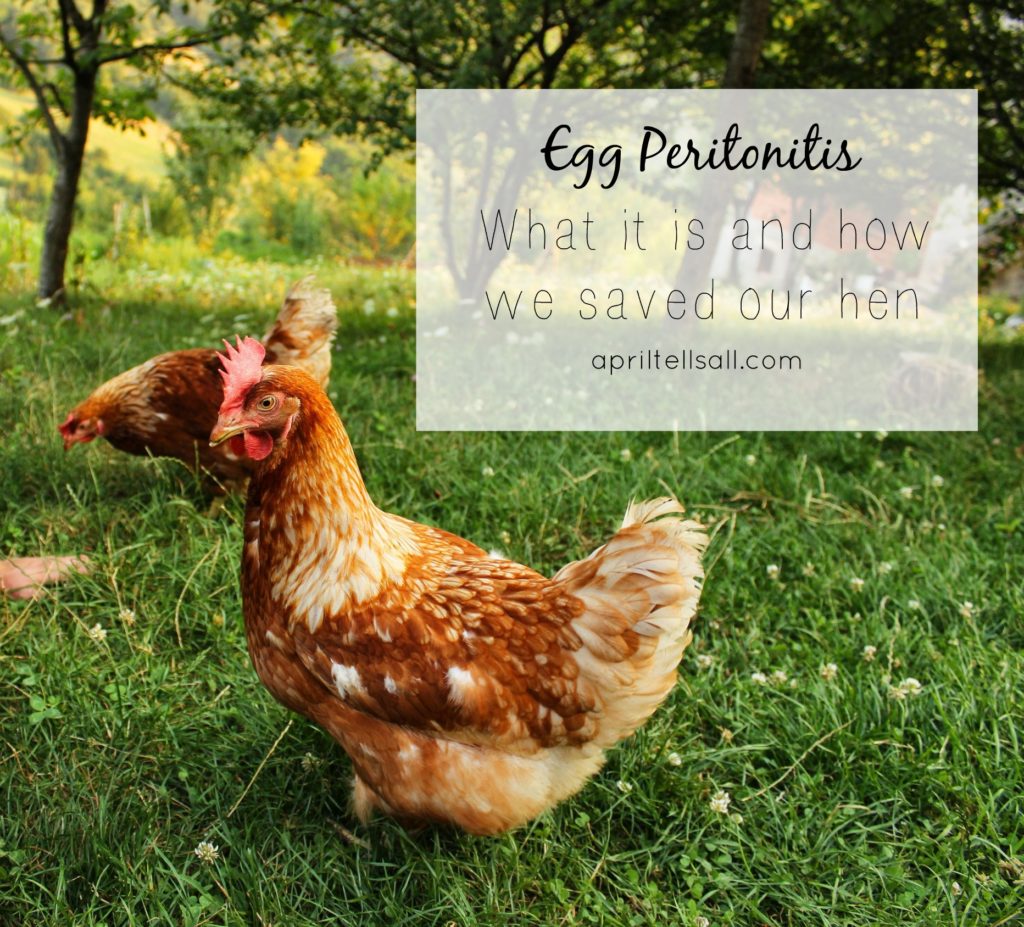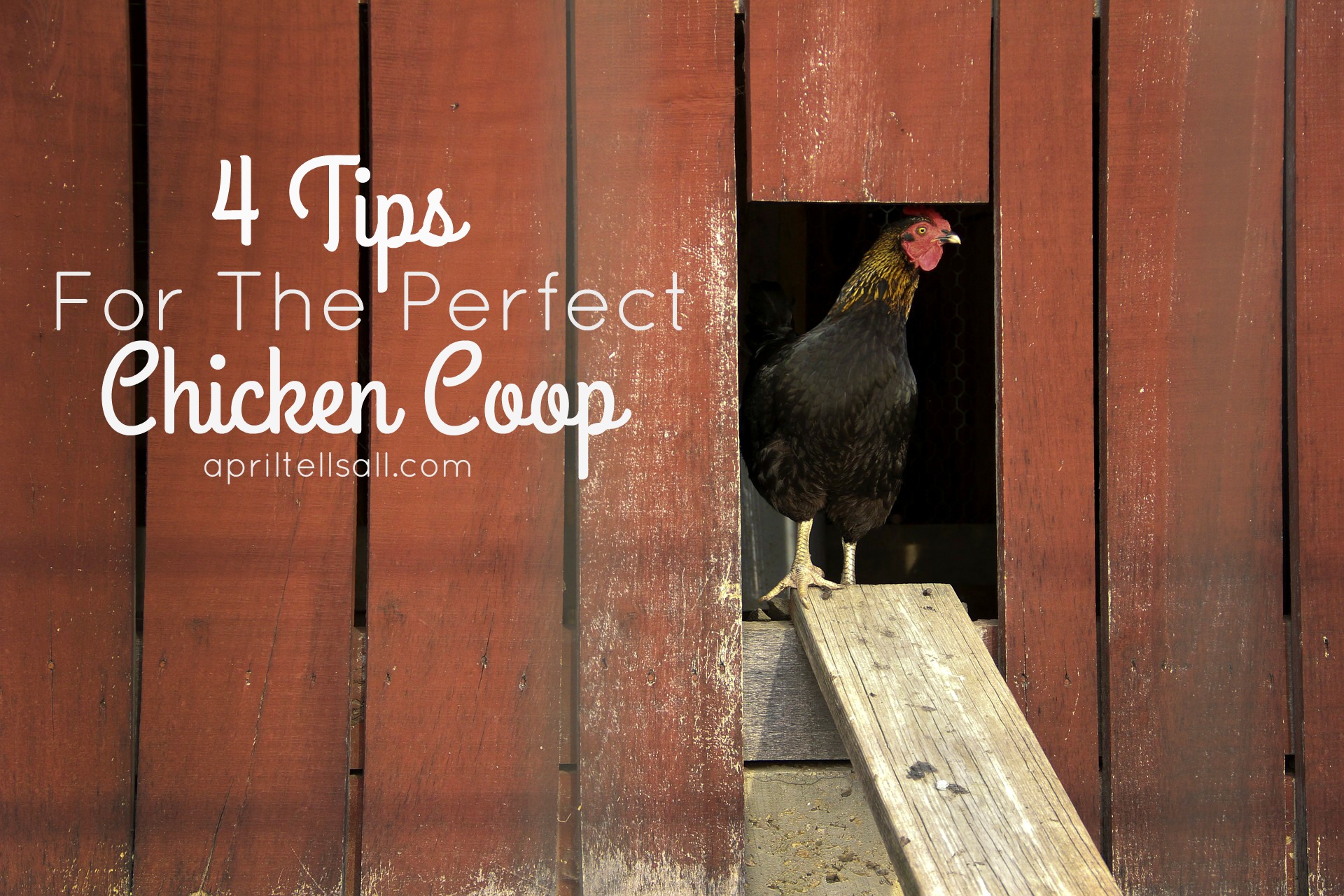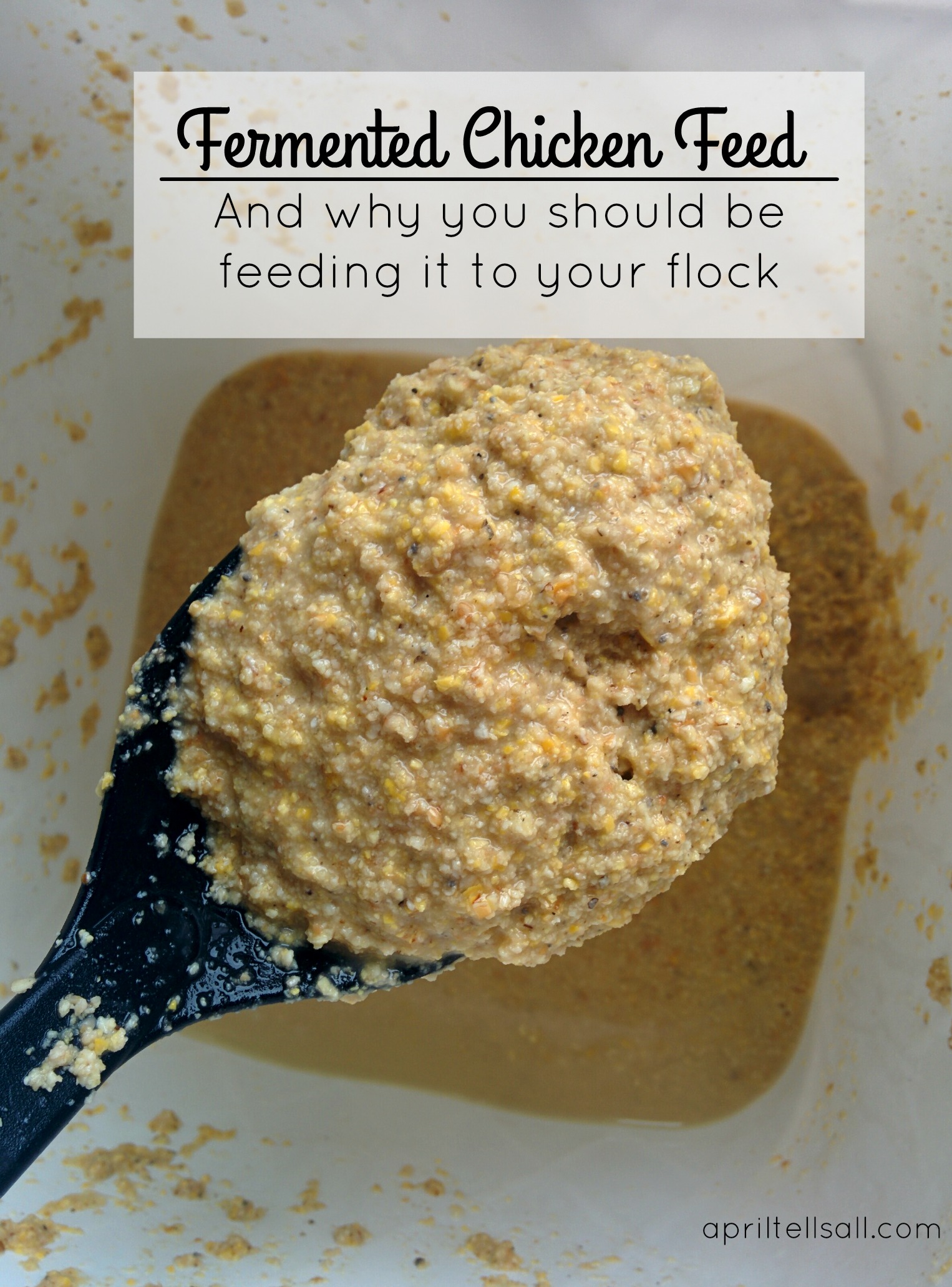I’ve held off on writing this post for months. Mainly because it’s going to be slightly controversial. I am also not a veterinarian nor due I claim to be. This is what worked in our flock and I’m sharing because I know there are others out there who do not have access to a vet who deals with poultry. Please do your own research about anything mentioned in this article and come to your own conclusions. You’ve been warned.
In September I had a hen go down. She looked like she was egg bound.
She didn’t come down off the roost in the morning. I finally went in and got her, but she stood off by herself and didn’t eat. Her feathers were all fluffed up, and her tail was down but she was drinking. I left her by the waterer and went to scrape down the droppings board. I figured she was egg bound and I would need to take her inside with me for the full egg bound spa day.
When I went to scrape down the droppings board I noticed that there was a broken soft eggshell and some egg white on the board under the spot where she had been roosting.
Upon further examination of the hen, whose name is Sam, I noticed she had yoke leaking from her vent. Her abdomen felt somewhat squishy as well. I couldn’t feel an egg anywhere up inside her like I normally do with an egg bound hen. She was also pooping without any problems. Every experience I’ve had with an egg bound hen is that she can’t poop (or it’s just liquid).
My best guess was she had egg peritonitis. (Thank you Google!)
Signs of Egg Peritonitis
- Standing off by herself, lethargic or depressed
- Droopy and/or pale comb
- Fluffed up
- Droopy Wings
- Walking like a penguin
- Yoke dripping from vent or yoke coloured feces
- Loss of appetite
- Swollen or spongy vent and abdomen.
Causes of Egg Peritonitis
- Genetic
- Internally laying
- Egg broke internally
What is Egg Peritonitis?
Egg peritonitis is an infection inside the hen’s abdominal cavity that is caused by an egg yoke. Sometimes a hen will lay internally but the yoke is reabsorbed by the hen’s body. If there is bacteria introduced to the hen’s body during the time she has an internal yoke the bacteria will grow in the yoke. Due to its rich nature yokes are a bacteria heaven. The infection will kill the hen. Egg peritonitis is fatal the majority of the time, so it is very important to treat the hen right away if you suspect she is suffering from it. In our case it was from a soft shelled egg breaking inside her that caused the yoke to leak into her abdomen and get infected. If you have a hen that has laying problems and regularly lays internal eggs you may want to consider speaking to a vet about your options. You can have her spayed or put an implant in to keep her from laying, or you can put her on daily antibiotics to keep the infection at bay, or just put the hen down. Internally laying or having regular soft shelled eggs can be a genetic issue.
Luckily in our case it was a one time thing. So for the sake of this article the treatment will be focused on a hen who has no known genetic egg issues.
Because egg peritonitis is dealing with an infection you need to get antibiotics into the hen, the faster the better. The faster you catch peritonitis the higher the chance you have for success.
Now this is where it can get controversial. Most vets will proscribe baytril. In my area if I went to the vet with a chicken I would be laughed right out of the office (after they charged me $200 for just stepping in the door mind you). The thought that chickens are disposable is still very much the thought around here. My thinking is if the hen dies I’m down a layer, which is critical to me because my eggs are in such high demand and I need every layer I can get. Sure I can get a new one but that takes time. If I can fix the hen and get her back to laying wouldn’t that be better?
I’m also a bit more natural in my approach when it comes to medicine. So I used what I had on hand, which happened to be a high quality colloidal silver.
Now don’t freak out! My hen did not turn blue. The most some people know about silver is about the man who drank tons of it and turned blue. Well that’s not what we’re dealing with here.
My colloidal silver has 18 ppm (parts per million) of silver dissolved in purified water. To take silver internally you want the ppm to be somewhere between 10 and 20. Some places say there is no harm to using silver, other say run from the stuff. You need to do your own research and come to your own conclusions.
Anytime I give an antibiotic I also give a probiotic. Antibiotics will kill all bacteria in the gut including the good bacteria your body needs to stay healthy. Probiotics reintroduce healthy bacteria into the gut to speed healing. (There is mixed options on whether silver kills the good bacteria or not. I went with a probiotic to be safe.)
[wp_ad_camp_1]
Treatment
Give 0.5 cc of high quality colloidal silver using a syringe (without the needle point). I tucked Sam under my arm like a football and placed the syringe against the side of her beak until she opened it. Squirt the silver in very slowly so she doesn’t accidentally inhale it.
Wait a half hour.
Give 0.5 cc of probiotics (I used an acidophilus-bifidobacterium capsule mixed with enough water that it would easily pass through the syringe). Give in the same manner you gave the silver, nice and slow.
Wait half an hour.
Give another 0.5 cc of silver.
Wait half an hour.
Give another 0.5 cc of probiotics.
Repeat until the hen is acting normal and has started eating again. End treatment with the probiotic.
In my case this took 8 hours. When I gave her the final dose of probiotics she was alert, and strong enough to fight me. She had started eating an hour earlier, but I gave her one more round of the antibiotics and then the probiotics just to be sure. I always end with the probiotics so that the good bacteria is present in her gut.
Sam was able to go back outside that night with her sisters, and 4 days later she was back to laying.
Prevention
- Avoid supplemental light in the coop – especially with young layers
- Feed a high quality diet
- Make sure they have free choice egg shell or oyster shell for calcium at all times
- Make sure your hens have lots of room to move around for exercise
Final Word
We got lucky. That’s the easiest way I can say it. Egg peritonitis is fatal and usually moves quickly. You have a very small window of opportunity to treat the hen. I was home at the time and could give her her meds around the clock. Had I not been able to be home I probably would have given her higher doses and hoped for the best. If you even so much as suspect peritonitis start treatment. Luckily we haven’t had to deal with it since. Sam has nice hard shells on her eggs and is still a daily layer, even though she’s a 2 year old hatchery breed red sex link hen. She also didn’t have a large amount of yoke in her abdomen so we didn’t have to drain it manually, she was able to pass it herself once the infection was under control.
If you suspect egg peritonitis in one of your hens, I send you the best of luck. This is what worked for us.









When would you consider early or too late?
Could this be given along with baytril?